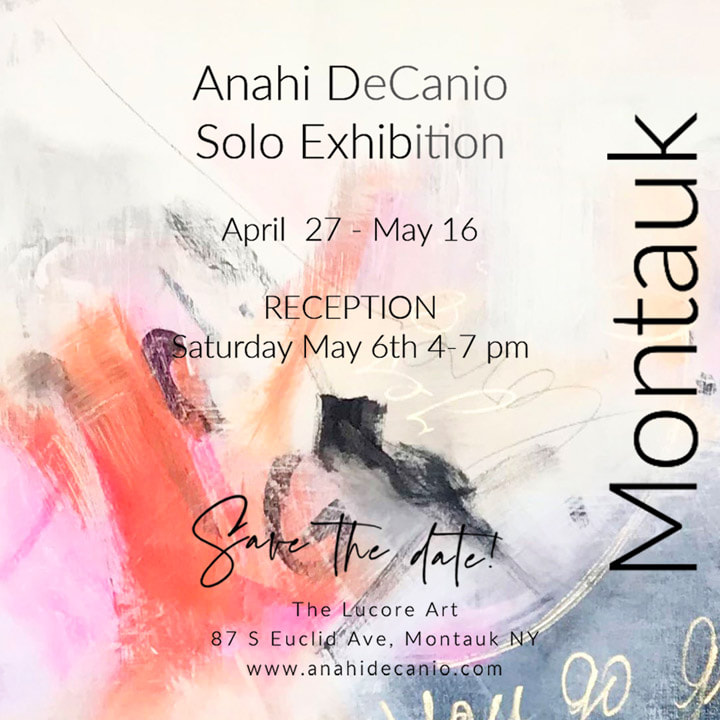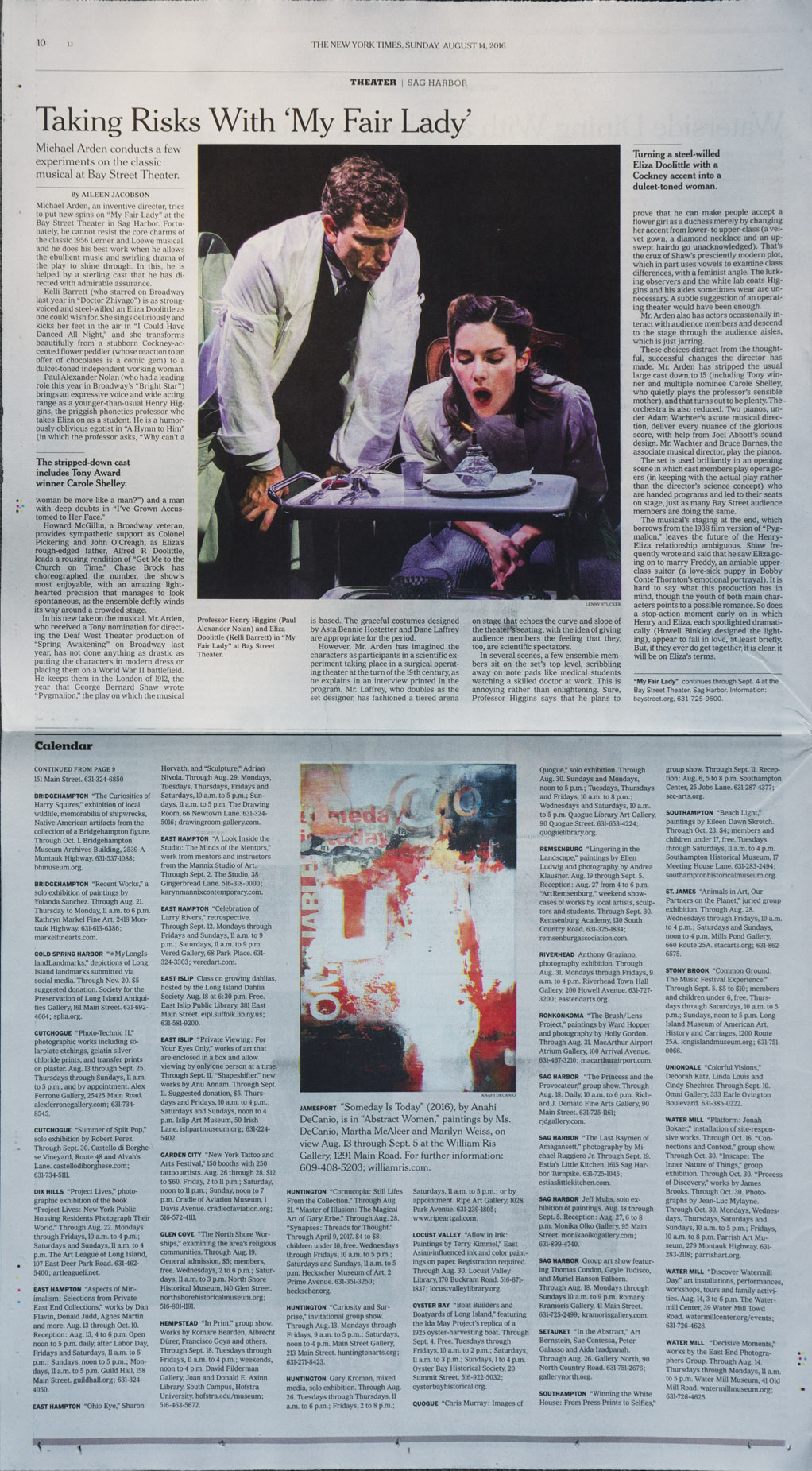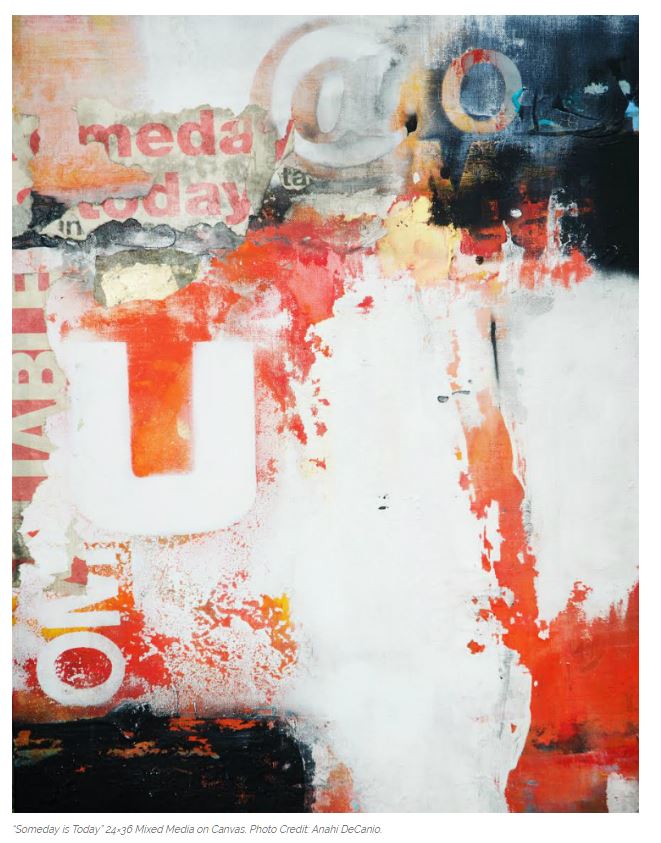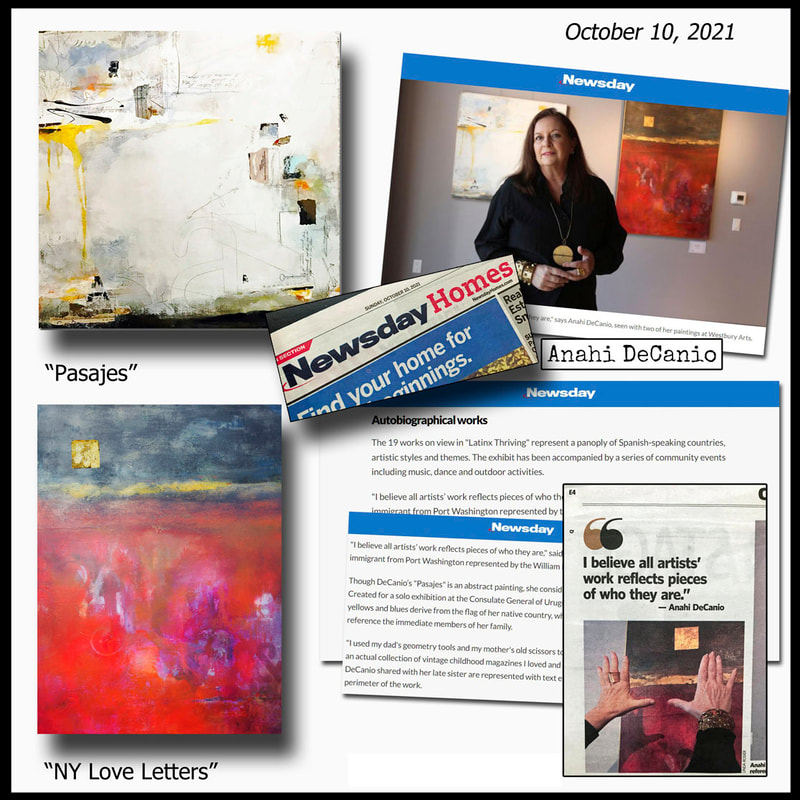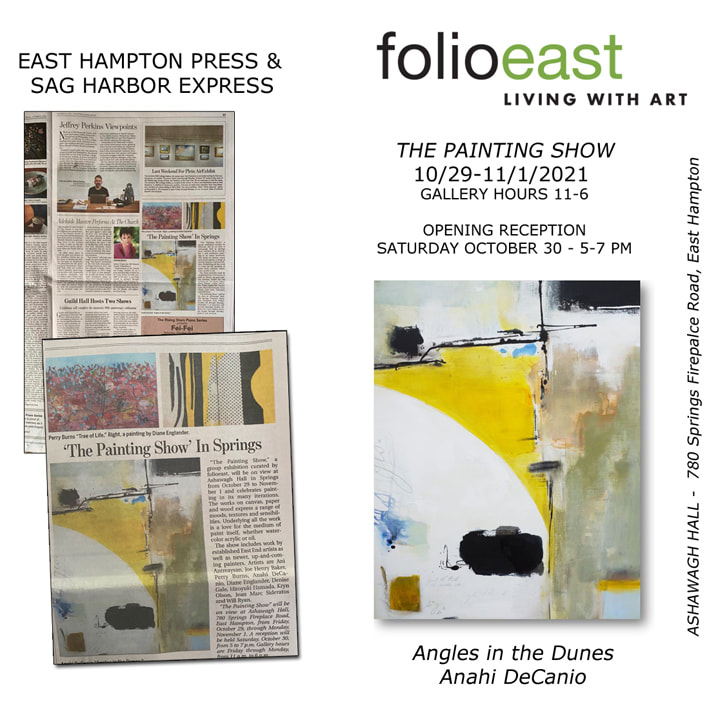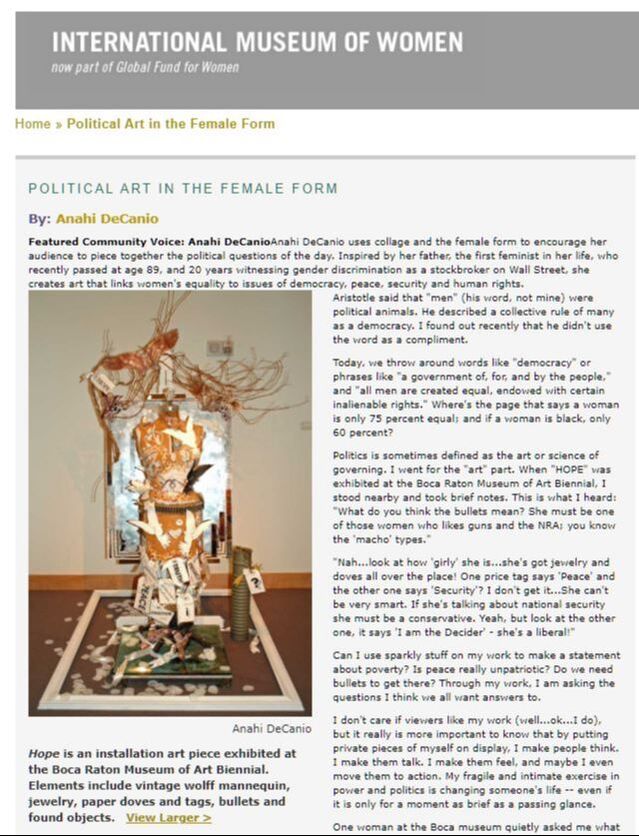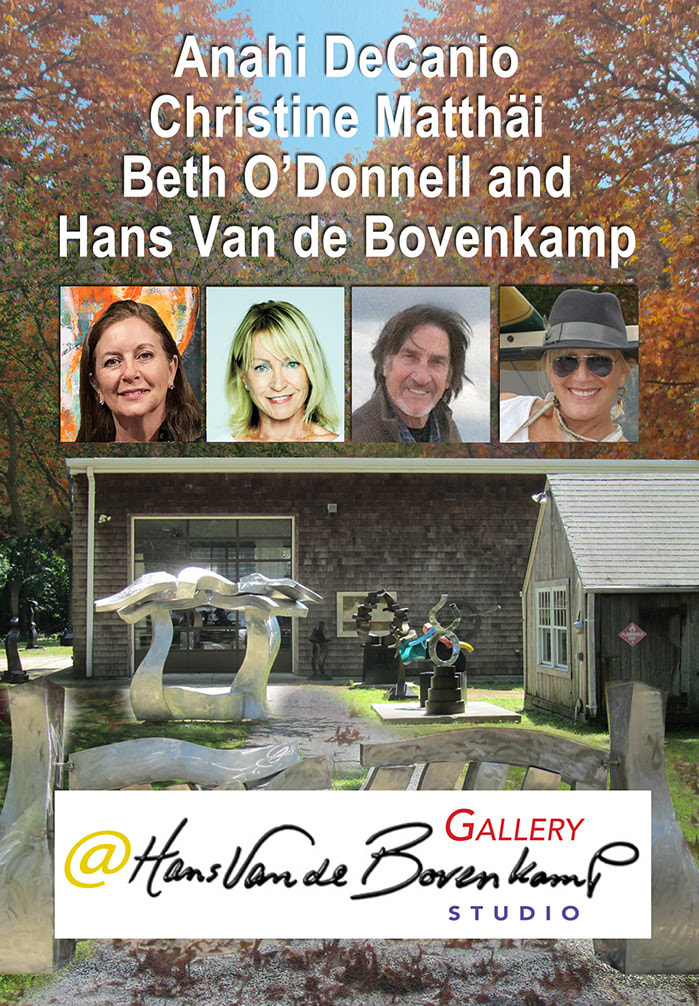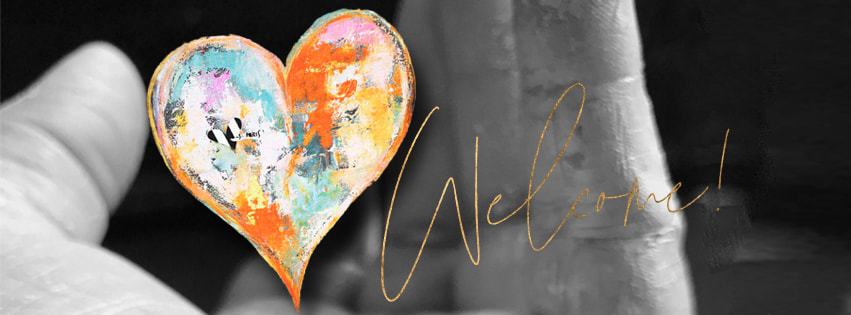|
By RANDY KENNEDY JAN. 10, 2017 - Click HERE for original article in THE NEW YORK TIMES 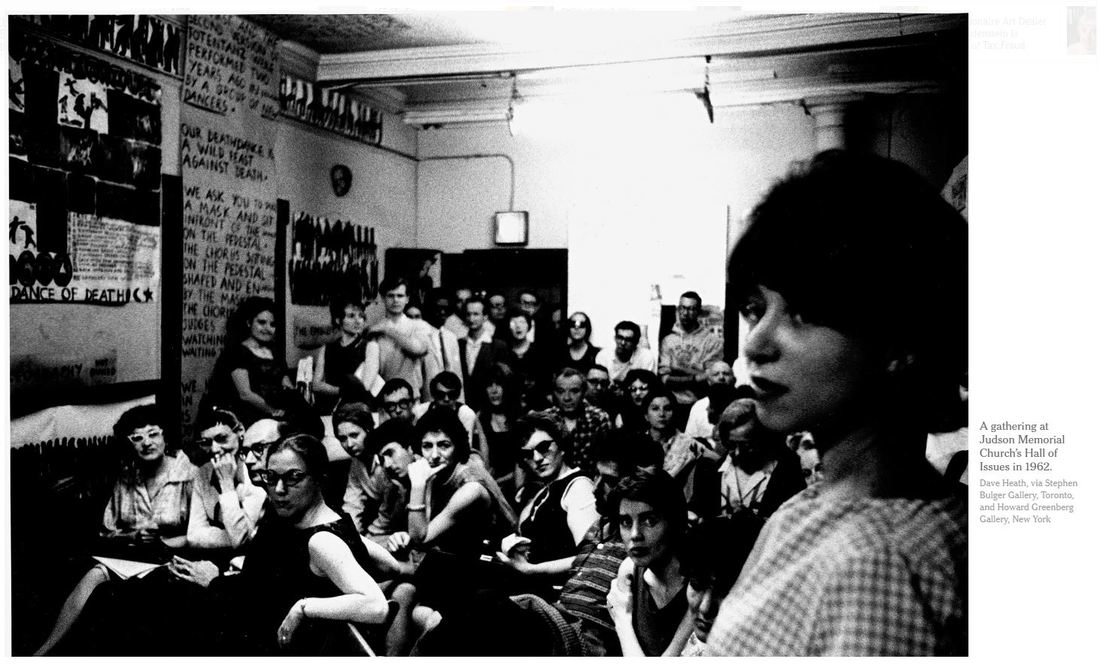 The natural history of the postwar New York art world is usually understood according to a fairly simple geography. Abstract Expressionism, America’s entry into the major leagues, was shown uptown, by tony dealers like Betty Parsons, Sidney Janis and Eleanor Ward. By the time Pop and Minimalism had taken over in the late 1960s, the center of gravity shifted downtown, to SoHo, where pioneers like Paula Cooper and uptowners like Leo Castelli followed clairvoyant artists into cheap industrial lofts. And finally, after retailers and real-estate agents realized that those lofts were gorgeous, galleries were pushed west, to the warehouses of Chelsea, where their greatest concentration remains today. But something happened along the way, in the 1950s and early 1960s, that has never been fully accounted for, a kind of foreshock of the earthquake that propelled the cutting edge of the art world south. “Inventing Downtown,” an art-packed historical deep-dive at the Grey Art Gallery at New York University, tells the story of that lost chapter, the upstart gallery scene that flourished for more than a decade in the East Village, bequeathing a body of work that considerably scrambles not only the map but also the lock-step narrative of 20th-century art movements. It was a diverse scene that held out a hint of utopian promise at a time when Abstract Expressionism was waning and new categories had not yet hardened: It included many more women than the uptown art world; it was not completely white; abstraction and figuration jostled side by side (if not always comfortably), along with genre-bending sculpture; and the gloriously messy birth of modern performance art took place in the midst of it all. Pieces of the history have been gathered before, most notably in Joellen Bard’s “Tenth Street Days: The Co-ops of the 50’s,” a small 1977 book about the formation of the D.I.Y and at times gonzo gallery district near Cooper Union largely built by artists banding together against commercial and critical indifference. But the book quickly went out of print. Even artists from the scene who went on to long and celebrated careers, like Claes Oldenburg, Alex Katz, Lois Dodd and Lucas Samaras, describe having lived through a kind of historical lacuna, one that ended abruptly with the Pop revolution started by artists like Andy Warhol and Roy Lichtenstein. “Pop Art just killed it,” said Mr. Samaras, 80, the sculptor and photographer, who performed in Allan Kaprow’s “18 Happenings in 6 Parts,” a performance-art landmark in 1959 at the Reuben Gallery on lower Fourth Avenue; it was one of the artist-run galleries that made up the downtown milieu. “It was as if there wasn’t enough time to write about what went on in those years,” Mr. Samaras said. “There wasn’t enough information available. And then suddenly it was gone.” But over the past six years, Melissa Rachleff, a clinical associate professor at New York University’s Steinhardt School, has almost single-handedly recaptured the grain of those years, for the exhibition and a comprehensive catalog that focuses on 14 artist-run galleries from 1952 to 1965. She interviewed surviving participants, sifted through archives at the Museum of Modern Art and elsewhere, and gathered works by aging artists that were all but lost to history, along with pieces by downtown luminaries like Robert Rauschenberg, Yayoi Kusama and the sculptor Mark di Suvero, who encouraged her to pursue the project. “I had some artists just hand me their work from their closets, and say: ‘Here. I might not be alive by the time this show happens, but I want you to have this,’” Ms. Rachleff said, strolling the once-seedy blocks where the galleries stood, principally East 10th Street between Fourth and Third Avenues, near where many young artists in the 1950s lived in cheap cold-water apartments. “This was my parents’ generation — I was born in 1963,” she continued. “And I really thought I had no interest in what happened in those years, especially because it was a time of white male privilege and exclusion and all of that. Yet here I am, and what I found here just knocked me out. I was like, ‘Mom, Dad, why didn’t you tell me?’” The exhibition comes on the heels of a new book by the photographer and musician John Cohen, “Cheap Rents ... and de Kooning,” published by Steidl, documenting Mr. Cohen’s personal travels through the East Village scene, along with a show of his photographs from those years on view through Feb. 11 at L. Parker Stephenson Photographs on the Upper East Side. The figurative painter Lois Dodd, the last living founder of the Tanager Gallery (1952-1962), the most influential of the artist-run galleries that clustered on East 10th Street, said it was difficult for people in today’s supercharged contemporary art world to imagine how profoundly uninterested collectors and dealers were in the 1950s in most art being made at the time. “Most uptown galleries, with a few notable exceptions, were showing stuff that still looked like Impressionism,” said Ms. Dodd, 89, in an interview in the rough-hewn walk-up loft on East Second Street where she has worked since the late 1950s. “We didn’t have any illusions that we were going to be selling anything. In fact, we were kind of torn at the beginning about whether we should open a cafe or a gallery. We just wanted a place to see our friends and show each other our work.” The Tanager was founded on East Fourth Street in a former barbershop, then relocated in 1953 to 90 East 10th, a cheaper, narrow, four-story building upstairs from a gin joint. That building now houses a defunct real-estate office where the gallery used to be. Next door at No. 88, now an architect’s office, was the studio of Willem de Kooning, a hallowed place for most of the young artist-gallerists who lived near it. (“It was like this giant living next door,” Ms. Dodd said. “He was a little older than we were, and he was really revered that way. I remember when he made his first big sale, the word went up and down the street like wildfire: ‘Bill sold a painting! Bill sold a painting!’”) The art historian and critic Irving Sandler was hired as the gallery manager (the sole employee) of the Tanager in the mid-1950s, when he was a graduate student at Columbia University. He said in a recent interview that in his three years running the gallery “I sold a sum total of one piece.” Though that abstract sculpture, by a now-forgotten artist named Joe Messina, sold for $125 to the collector and heiress Rachel Lambert Mellon, known as Bunny, who told Mr. Sandler to deliver the piece directly to the Museum of Modern Art, to which she donated. (In his 2003 memoir, “A Sweeper Up After Artists,” he noted mordantly that when she gave him her name, he asked, in all sincerity: “How do you spell that?”) Mr. Sandler, now 91, said that when the East Village galleries all coordinated their openings to Friday nights, “the streets around them would be just packed, the way streets in Chelsea are now.” “It was really a rich communal life that didn’t depend on money,” he said. “Everybody was poor. There weren’t really any winners or losers yet. It was a pretty glorious place to be.” Across from the Tanager was the Brata Gallery, probably the most racially diverse of all the neighborhood’s galleries. It showed the work of the African-American painter Ed Clark and the Japanese-American artists Robert Kobayashi and Nanae Momiyama, as well as Ms. Kusama, whose 1959 solo show of “Infinity Net” paintings set her on the road to becoming the star she is today. The building that housed the Brata, along with those of the Camino Gallery, the Area Gallery and the final location of the Club, the renowned salon where the battle for the soul of Abstraction Expressionism was waged, are gone now, replaced by apartment buildings or stores or construction sites. The East Village scene — more than the art world of SoHo, where a few remnants remain of the history that coursed through the streets — disappeared virtually without a trace. By the time it ran out of steam in the early 1960s, many of the women who showed there, including Ms. Dodd, were struggling to attract the kind of attention that their male counterparts were getting. Many women either stopped making art or stopped showing commercially. “I was too stupid to realize that women weren’t going to have the same opportunities,” Ms. Dodd said. “But you have your friends, who keep encouraging you, so you don’t stop.” When Ms. Rachleff and I recently went unannounced into the architecture office in the building where de Kooning’s studio had been, a man came out and said that once in a great while, art aficionados like us stopped by and he let them stand around and use their imaginations. Around the corner, at the building that once housed the Reuben Gallery — a game-changing crucible of performance art that the critic Lawrence Alloway once described as “anti-ceremonious, anti-formal, untidy” and “highly physical (but not highly permanent)” — we rang the doorbell of what now seemed to be a mime troupe, but no one answered. “I think the main reason this history is so little known is that it just didn’t fit any of the paradigms — it confused people,” Ms. Rachleff said. “My major revelation in doing this work is that if you follow what artists tell you, you quickly start to see that categories never really work the way historians would have you believe. This neighborhood was living proof.” A version of this article appears in print on January 15, 2017, on Page AR24 of the New York edition with the headline: Recalling When Artists Ran the Galleries. Order Reprints| Today's Paper|Subscribe
0 Comments
I love the North Fork! Anyone who's visited would know why. If you haven't... it's time to go visit! However, full disclosure is in order. We are a bit biased about this newly published article from the North Forker about places to get cozy during the Winter months. The first highlight is the Sherwood House Vineyards Tasting Room. Not only is the staff super friendly, the wines superb and the room just where you want to be on a Winter afternoon - but it is also directly adjacent to the William Ris Gallery where I'm proud to exhibit some of my latest abstract paintings along with some very talented artists and master craftsmen. Take a look at the other cozy spots mentioned.... All definitely worth a visit! Anahi Click HERE for link to original article on Northforker.com _____________________________________________________________________ Where to get cozy on the North Fork By Vera Chinese 1/6/2017 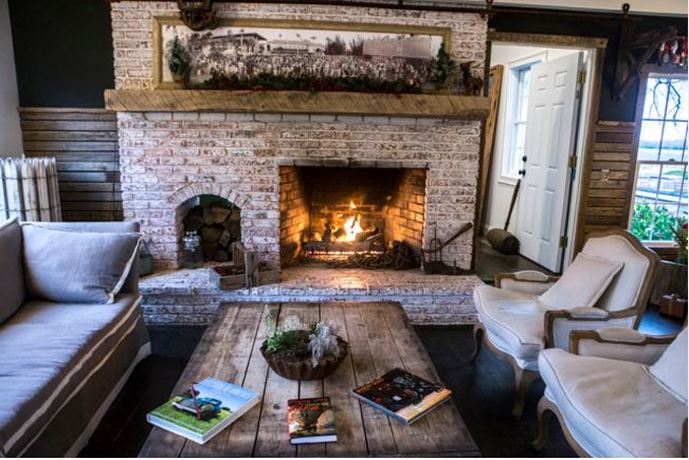 Sherwood House Vineyards Tasting Room - William Ris Gallery East - Anahi DeCanio - North Fork NY Sherwood House Vineyards Tasting Room - William Ris Gallery East - Anahi DeCanio - North Fork NY It’s the Danish word for cozy and for the Danes it’s a way of life. Now you can seek out your own hygge (pronounced HOO-gah) — a lifestyle that includes the pursuit of fuzzy socks, hot tea and good company — on the North Fork.
So while the NoFo winter might be bad for sunbathing and water sports, there are other ways of seeking bliss. Here are eight places to get cozy on the North Fork. Sherwood House Vineyards The Sherwood House Vineyards tasting room. (Credit: Randee Daddona file photo) Prominently positioned on Main Road in Jamesport, Sherwood House earns its status as a cozy North Fork retreat courtesy of its rustic charm and warm wood accents. The tasting room’s well-placed couches next to the impressive stone fireplace appear to beckon, encouraging guests to sink into their depths and enjoy the ambiance. Stop in and enjoy a flight. Sherwood House Vineyards, 1291 Main Road, Jamesport, (631) 779-2817 Jedediah Hawkins Inn The Jedediah Hawkins Inn in Jamesport. (Credit: Randee Daddona) Bountiful in its sense of Old World charm and rustic elegance, Jedediah Hawkins Inn in Jamesport is a veritable tour de force on the North Fork when it comes to setting a mood. Modeled in the Italianate style complete with ornate architectural details and a belvedere, the Jedediah Hawkins was built in 1863, when it was revered as one of the finest residences on the North Fork. Years later, after the house fell into disrepair, it was blessedly saved from the wrecker’s ball and meticulously restored. Don’t miss the inn’s foremost attraction, the authentic speakeasy, located downstairs. Join the eatery for a wine dinner with Saltbird Cellars in the speakeasy on Jan. 13 ($85). Call the restaurant for reservations. Jedediah Hawkins Inn, 400 South Jamesport Ave., Jamesport, (631) 722-2900 Aldo’s A cup of Aldo’s Hot Chocolate. (Credit: Randee Daddona) Few things warm your bones quite like the decadent hot chocolate served at this Greenport café. There, Aldo Maiorana makes espresso the way he likes it: strong. The red and yellow walls cast a warm hue over the solid wood tables, making this a prime cozy spot. If you live on the East End and are looking for a “third place” the Front Street coffee shop is a good option. The fresh-roasted coffee, tasty lattes and outstanding scones also make it a must-stop for visitors. Aldo’s Café, 103-105 Front St., Greenport, (631) 477-6300 Orient Country Store A cup of tomato coconut curry soup at the Orient Country Store. (Credit: Vera Chinese) The homemade soups at the Orient Country Store are, quite simply, the best around. Pictured above is the tomato coconut curry, which is made with a blend of spices, coconut milk and puréed tomatoes. It is delicious. Another cute, down home touch: If you get your meal to stay, the soup is served in a mug bearing the store’s logo. Their comfort food will warm your tummy on a cold day. Orient Country Store, 950 Village Lane, Orient, (631) 323-2580 Homeside Florist and Greenhouse Homeside Florist and Greenhouse in Riverhead. (Credit: Vera Chinese) OK, so this isn’t a place to relax with a warm coffee or stiff drink, but a walk through the greenhouse is sure to add some color and warmth to an otherwise dreary day. Pick up a succulent or spider plant to get your green fix in winter. Homeside Florist and Greenhouse, 139 Main Road, Riverhead, (631) 722-3380 Brix and Rye Evan Bucholz fixes a drink for patrons at Brix & Rye on Main Street in Greenport. (Credit: Krysten Massa) The exposed brick and dim lighting combines with classic cocktails and live music to create a unique atmosphere at Brix and Rye in Greenport. The establishment’s diverse menu, which features everything from Trader Vic’s mai tais and gin gimlets in the summer to hot apple toddies of amaretto in the winter, also sets the Main Street subterranean bar apart from the competition. And in January 2016, a New York Times piece focused on hot toddies and other warm drinks labeled the bar “sophisticated” and likened its dimly lit decor and old-fashioned drinks to a speakeasy. Brix and Rye, 308 Main St., Greenport, (631) 477-6985 The Tavern The bar at The Tavern. (Credit: Julie O’Neill-Bliss, courtesy) If you’re wintering on The Rock, few places are more inviting than The Tavern at Shelter Island House. In winter, Wednesday is burger night with half-price beer or wine with burgers. The bar opens at 3 p.m. Wednesday through Sunday during the winter. The restaurant opens at 5 p.m. on those days. The Tavern at Shelter Island House, 11 Stearns Point Road Suite 2, Shelter Island, (631) 749-5659 North Fork Roasting Co. Inside North Fork Roasting Company in Southold. (Credit: Nicole Smith) Either jumpstart your day or spend a leisurely weekend morning getting your caffeine fix at this Southold hot spot. Curl up on the couch, pick up a copy of The Suffolk Times (The New York Times will do in a pinch) and sit in front of the fire — a perfect antidote to a dreary winter’s day. If you’re lucky, you might get to pet Sinatra, owners Jennilee Morris and Jess Dunne’s chocolate lab. The café also offers breakfast and lunch. North Fork Roasting Co., 55795 Main Road, Southold (631) 876-5450 Aldo's, Jedediah Hawkins Inn, North Fork Roasting Co., Sherwood House Vineyards Karen Higginbottom - CONTRIBUTOR - I write about the junction between being human and the workplace. The impact of art in the workplace is often underestimated. Splashes of color in a painting can alter the mood of a meeting room or a piece of unusual artwork can provide a talking point in a bland corporate space. But can artwork have a direct impact on employee productivity or well-being? It seems the answer is yes.
Research by Exeter University’s School of Psychology found that employees who have control over the design and layout of their workspace are not only happier and healthier — they’re also up to 32% more productive. The research involved more than 2,000 office workers in a series of studies looking at attitudes to and productivity within working space. But it was two further studies, one at Exeter University and another in commercial offices which saw participants take on a series of tasks in a workspace that was either lean (bare and functional), enriched (decorated with plants and pictures), empowered (allowing the individual to design the area) or disempowered (where the individual’s design was redesigned by a “manager”). This study found that people working in enriched spaces (decorated with art or plants) were 17% more productive than those in lean spaces. The notion that art in the workplace is merely decorative was dispelled in a survey of more than 800 employees working for 32 companies throughout the U.S. that have workplace art collections. The survey, a collaboration of the Business Committee for the Arts and the International Association for Professional Art Advisors drew responses from firms ranging from food distributors to law firms that house workplace collections. It found that art in the workplace helps businesses address key challenges such as reducing stress (78% agree), increasing creativity (64% agreed) and encouraging expression of opinions (77% agreed).A smaller study at Cass Business School explored the perceptions of employees towards art in the workplace and its effect on themselves, the clients or company image. Both male (64%) and female (73%) respondents agreed that the design of their workplace has an effect on their working day. Interestingly, male respondents not only rated art (39%) as one of the most important elements of interior design of the workplace compared to other elements such as plants (39%) or a lounge area (35%), but they also give art a higher importance as an interior design element compared to female respondents. Only 17% of women named art as a crucial component of interior design. However, the impact of art on the individual employee regarding work ethic/motivation, creativity, stress-level and general well-being seems to be greater on women than on men. While 80% of the male respondents agreed that art has a minor effect on their work ethic/motivation; all of the female respondents agreed that it has some effect on them. Specifically, 54% of women acknowledged that art has a moderate to big effect on their creativity at the office (47% of men) and 80% of the women agreed that art at the office could reduce their stress-levels (66% of the men). Furthermore, 92% of the women stated that art affects their general well-being, compared to 71% of the men. Rise Art supplies art to many firms in the City of London. One of those firms is law firm JAGShaw Baker who chose quirky, eclectic pieces of art which are unusual for a sector known for its conservatism. “When it came to fitting out the office, I wanted something that was fun, open and didn’t look like a conservative law firm,” explains partner, Tina Baker at the law firm. “We wanted to pick artwork that was really fun. Our clients really appreciate the art we have in our conference rooms. In the meeting room, we have maps from New York, San Francisco and Berlin by Ursula Hitz.” Baker believes that art is very important to any environment, whether it’s home, office or public space–you feel very different in a space that is blank as opposed to being in a place that has a lot of art or color. We used the artwork to add splashes of color.” Please click HERE for original version of this article on Forbes.com |
Archives
September 2023
|
|
